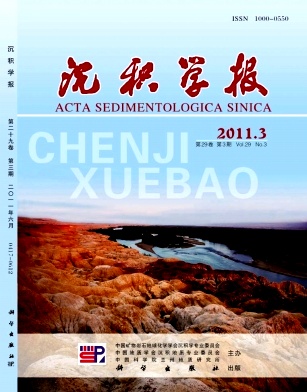Relict Textures of Dolomite and the Related Porosity Classification
- Received Date: 1900-01-01
- Rev Recd Date: 1900-01-01
- Publish Date: 2011-06-10
-
Key words:
- dolomite /
- relict texture /
- porosity classification /
Abstract: The popular theory on texture classification of carbonates has not shed much light on the relict texture of dolomites, which is defined here as the texture remained of original limestone with >10% of grains after complete dolomitization and associated recrystallization, dissolution, fillings, and so on. It is emphasized for its important role in reconstructing the paleoenvironment of sedimentation. Based on whether most of the grains can be clearly and quantitatively distinguished with matrix and cements, and the inner texture of grains is preserved or not under microscope, the relict textures can be classified as the mimetic texture, the nonmimetic texture, and the ghost texture. These textures are described in detail with typical examples. The porosity classification of these relict textures should coincidently be refined after Choquette and Pray (1970). The pores are firstly classified as selective, partly selective or nonselective. Intragranular, intergranular, and intercrystal pores are selectively developed within individual grains, between grains, or between individual dolomite crystals, respectively. Furthermore, if the intercrystal pores are selectively developed within individual grains, then they are classified into intragranular and called intragranularintercrystal pores. Similarly there are intergranularintercrystal pores. Notably, moldic porosity hereby is also intragranular because they are always within individual grains. Partly selective pores in this case refer to dissolution enlarged intragranular, intergranular, or intercrystal pores. And the common nonselective pores are vugs, channels, caverns, fractures and breccia pores, as defined by Choquette and Pray (1970).
| Citation: | ZHANG Xuefeng. Relict Textures of Dolomite and the Related Porosity Classification[J]. Acta Sedimentologica Sinica, 2011, 29(3): 475-485. |






 DownLoad:
DownLoad: